Una comunitat de llavors i de relats
2023. 16 mm transferred to digital,
35 mm photos
35 mm photos
During the few months of the residency with a group of high school students I wanted to reflect on images and the use of screens from an extreme point of departure: making the technology disappear from the sessions. The proposal consisted of completely ridding ourselves of technology and surrounding ourselves in the forests and mountains around Amer as much as possible.
Since some of the students weren’t from the village, or didn't take time to explore it, we decided to explore it on foot. During these outings with them, we put a lot of emphasis on having the students spend time with each other, weaving relations, similar to string figures that Donna Haraway talks about in Staying with the trouble. Emphasizing being present and understanding that everything they were surrounded by is alive. Things that we tend to forget in all our day-to-day lives.
Screens and technology have become extensions of our bodies, necessary for almost all tasks we complete on a daily basis. However, in this project my intention was not to demonize technology, but simply to open a reflection and dialogue on our use and our dependence on them through an action as simple as removing them for a short period of time.
I like to think that the action of removal plus being exposed and present to our living surroundings opened a portal between two realities: the one with the devices and life inside the classroom, and the one I was bringing them forward, in which we were relocated to a complete analogic world, in which touch, talking, eating, drawing were at the center, instead of just looking at a screen.
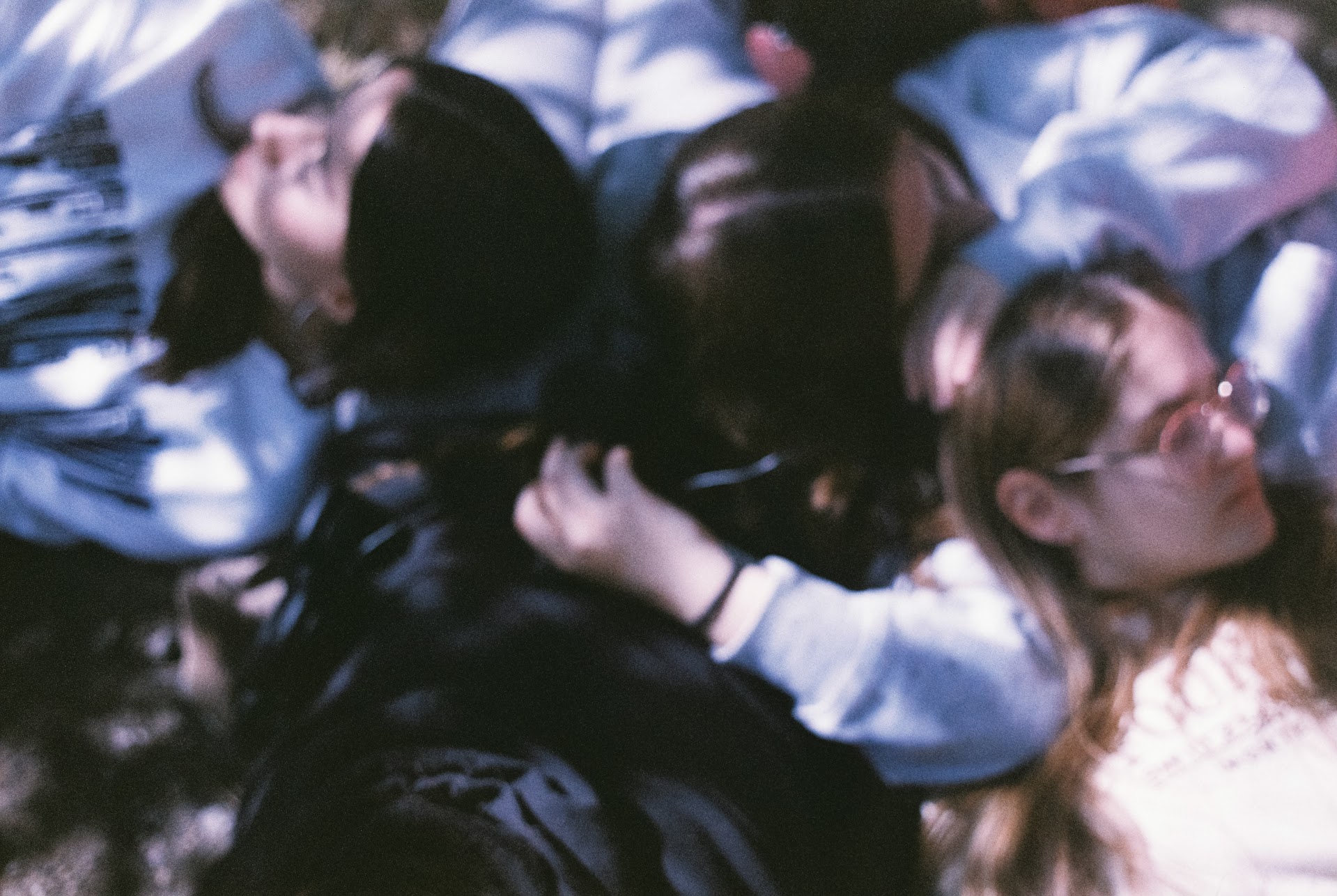



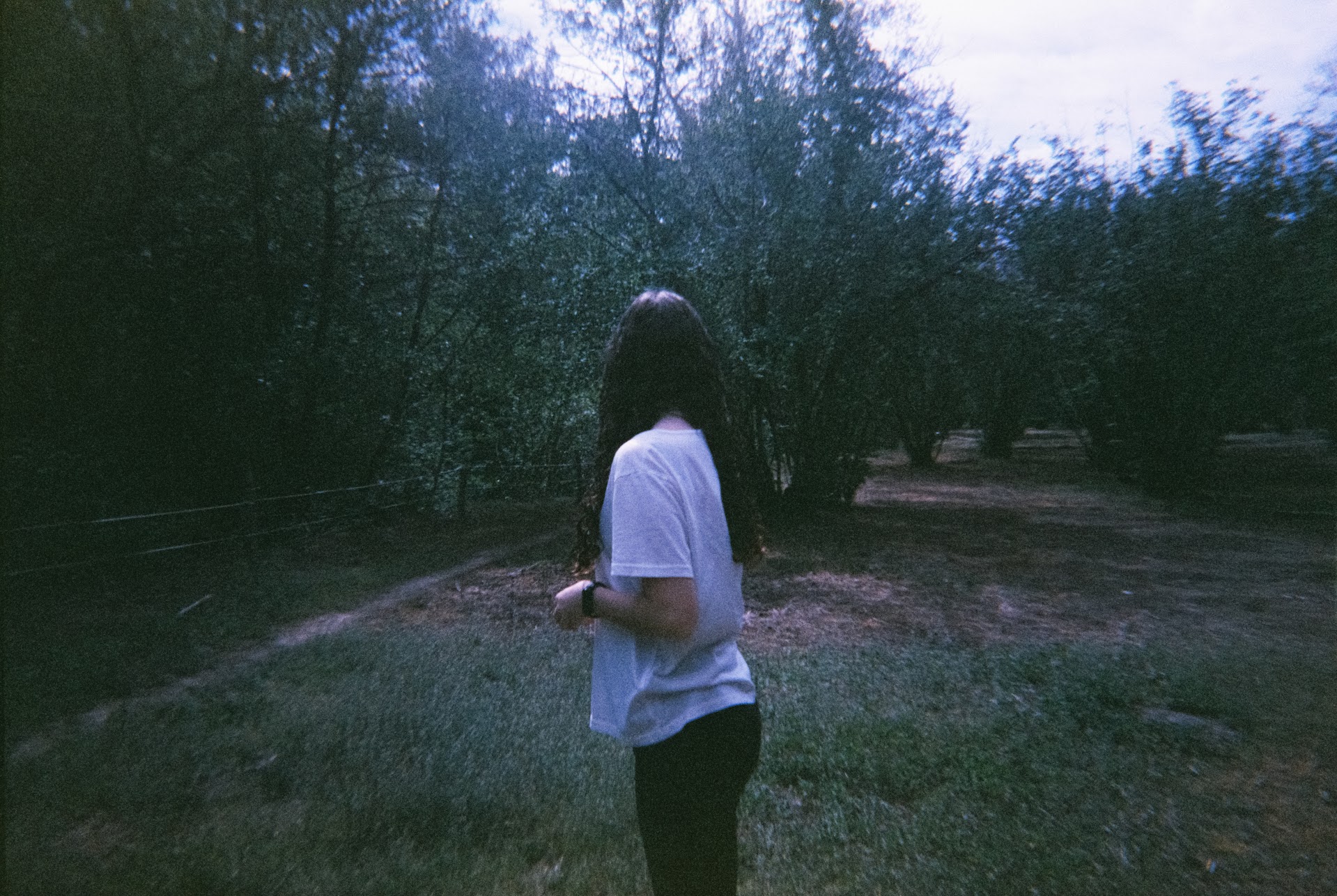



Some of the 35mm photos taken by the students/
Algunas de las fotos en 35mm tomadas por las estudiantes
In this analogical context, I introduced the idea of making a 16 mm film shot by an analogic film camera, which even though it's technology, it's not the instantaneous technology we are used to with today's devices. The images we take cannot be seen at the moment itself, because the camera only holds small 30-meter rolls that can only capture two and a half minutes worth of film. Through this process, I wanted to share what is now a central feature in my artistic practice and how I am experimenting with film asking myself questions like: do we have to take as many images as we do when we have an electronic device? What happens if we suddenly don't have as much capacity to take and store them? Might this make us think more about how we take them and why? What value do they have?
Alongside these questions, we also reflected on concepts that are very important to me, such as the figure of the male hero in many narratives, literary and filmic, that we consume, and a concept related to posthumanism such as the holobiont. Originally proposed by Lynn Margulis in her theory of symbiosis, the holobiont is a living being composed of other entities, which live in communities or colonies, and need others to survive, which are interdependent.
With the students, we have read texts such as The carrier bag theory of fictionby Ursula K. Le Guin, and an article about the holobiont. We read them at the top of a mountain, which took us an hour to climb, and where then we meditated, ate hazelnuts and sunbathed. Despite not having their devices with them, I don't remember anyone mentioning anything about it or complaining. With us there was just a community made up of nature, fiction, strings, baskets and seeds.
Proyecto desarrollado en el marco de Bòlit Mentor
Bolit, Centre d’Art Contemporani de Girona
Comisaria: Marta Dahó
Institut Castell d’Estela d’Amer, Girona
Hoja de sala de exposición On es recolzen les imatges? https://web.girona.cat/documents/20147/10808186/FdS-Bolit-2023-onesrecolzenlesimatges.pdf
Galería Flickr: https://flic.kr/s/aHBqjACUHq


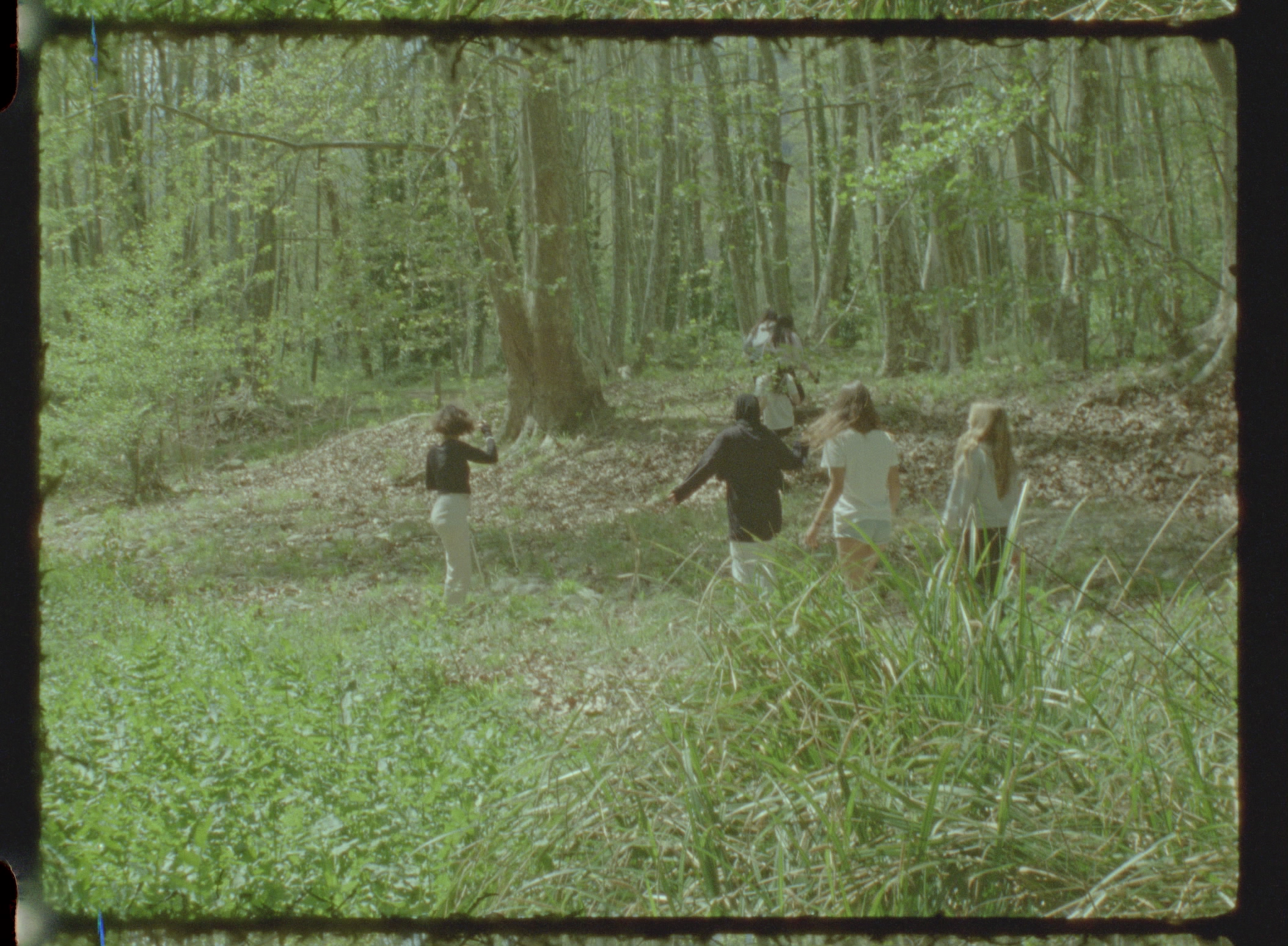
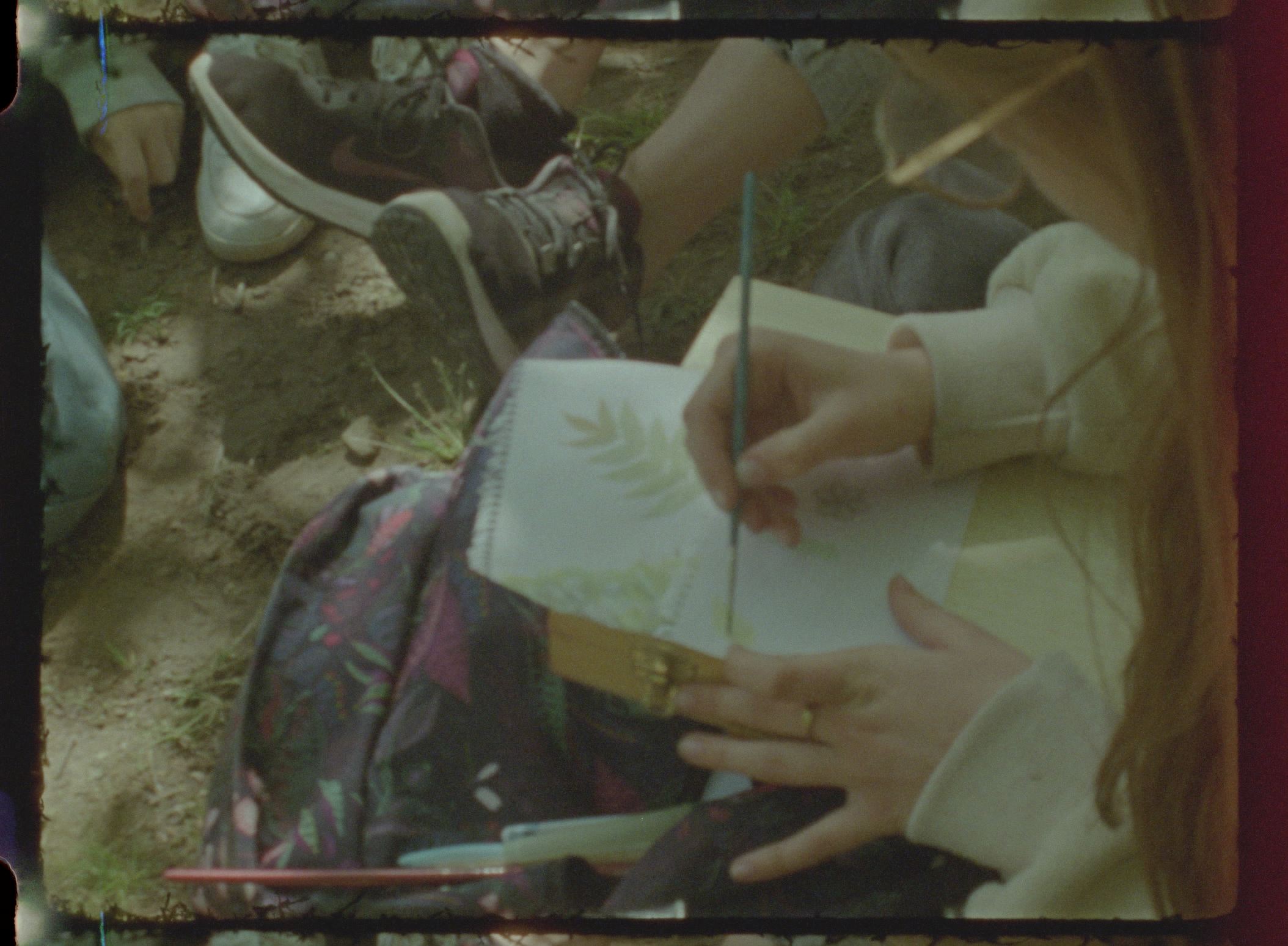
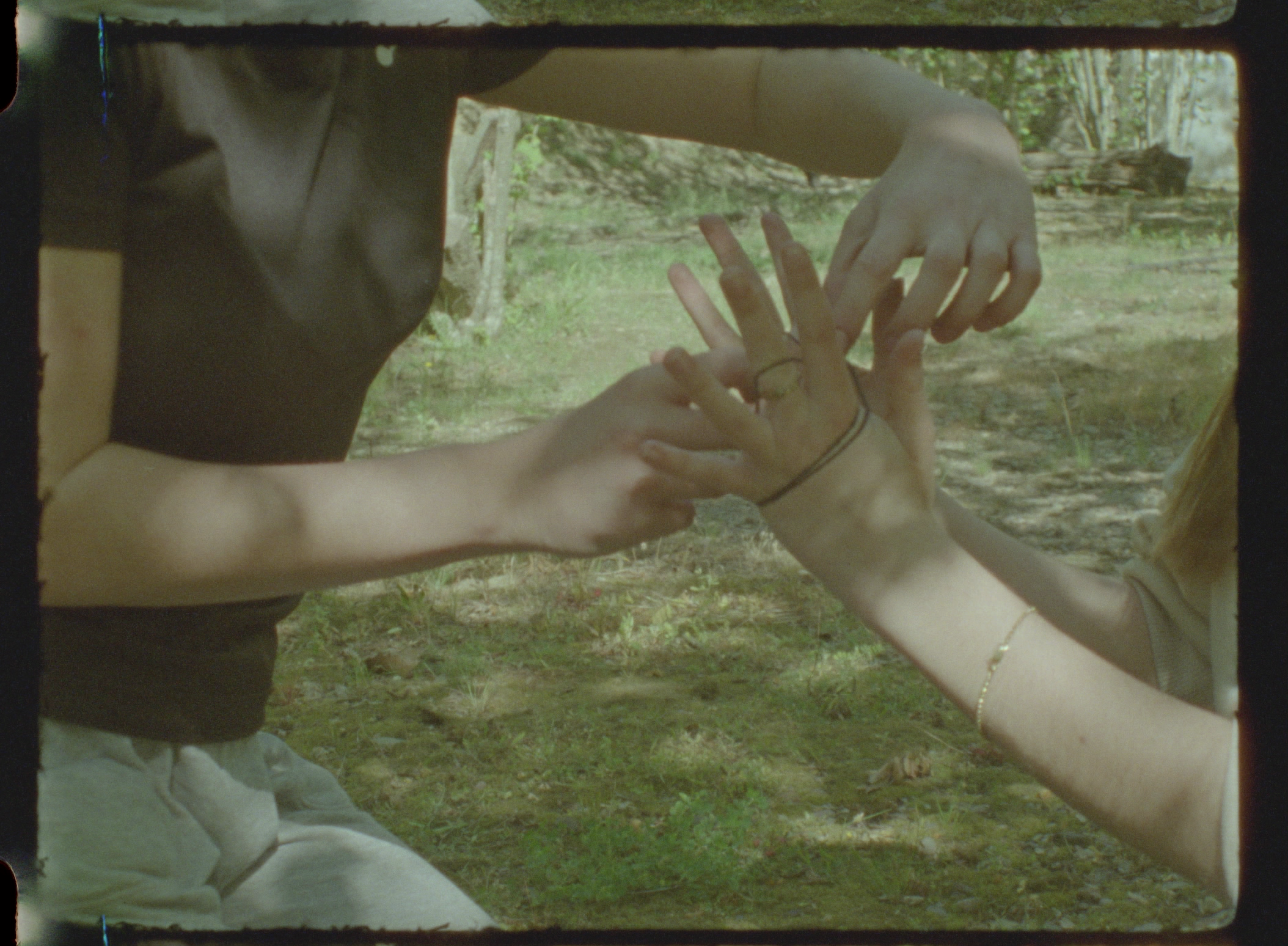

Una comunitat de llavors i de relats (trailer)
Durante unos meses de residencia con estudiantes de bachillerato he querido reflexionar sobre las imágenes en las pantallas desde un punto de salida extremo: haciendo desaparecer la tecnología de las sesiones. La propuesta consistía en simplemente dejar los móviles aparte y salir siempre que pudiéramos de las aulas en el entorno natural de Amer, Girona.
Como algunas de las alumnas no son del pueblo y otras no siempre salen a conocer su entorno, nos hemos lanzado todas juntas a explorarlo andando. En estas salidas lo que contaba era el hecho de pasar más tiempo en compañía, tejiendo relaciones, como las figuras de cuerdas de las que habla Donna Haraway en Seguir con el problema, además de hacerlo también con nuestra realidad más cercana, con todo lo que está vivo y nos rodea y a lo que no prestamos atención.
Las pantallas y la tecnología se han convertido en una extensión de nuestro cuerpo, totalmente necesaria para casi cualquier cosa que se quiera hacer a diario. Con este proyecto no he querido demonizar a los móviles ni la tecnología que los hace posibles, simplemente, abrir una reflexión sobre su uso y nuestra dependencia de ellos a partir de una acción tan simple como sacarlos de encima.
Me gusta pensar que es una brecha que se abre entre dos realidades, la de los móviles y las clases, y la que yo les proponía, en la que pasábamos a un mundo analógico, en el que el tacto, hablar, comer, dibujar cobraban protagonismo, en lugar de sólo mirar en una pantalla.
En este contexto analógico he introducido la idea de hacer todas juntas una película en 16 mm con una cámara de cine analógica, que siendo también tecnología, no es instantánea como a lo que nos tienen acostumbradas las interfaces de hoy en día . Las imágenes que tomamos no podemos verlas en el mismo momento, porque en la cámara sólo caben pequeños rollos de película de 30 metros que sólo durarán dos minutos y medio. Con este proceso he querido compartir lo que es ahora central para mí en mi práctica artística y en cómo lo estoy experimentando con el cine analógico: ¿hay que tomar tantas imágenes como hacemos cuando tenemos un dispositivo electrónico? ¿Qué ocurre si de repente no tenemos tanta capacidad para tomarlas y guardarlas? ¿Puede que esto nos haga pensar más en cómo tomarlas y por qué? ¿En el valor que tienen?



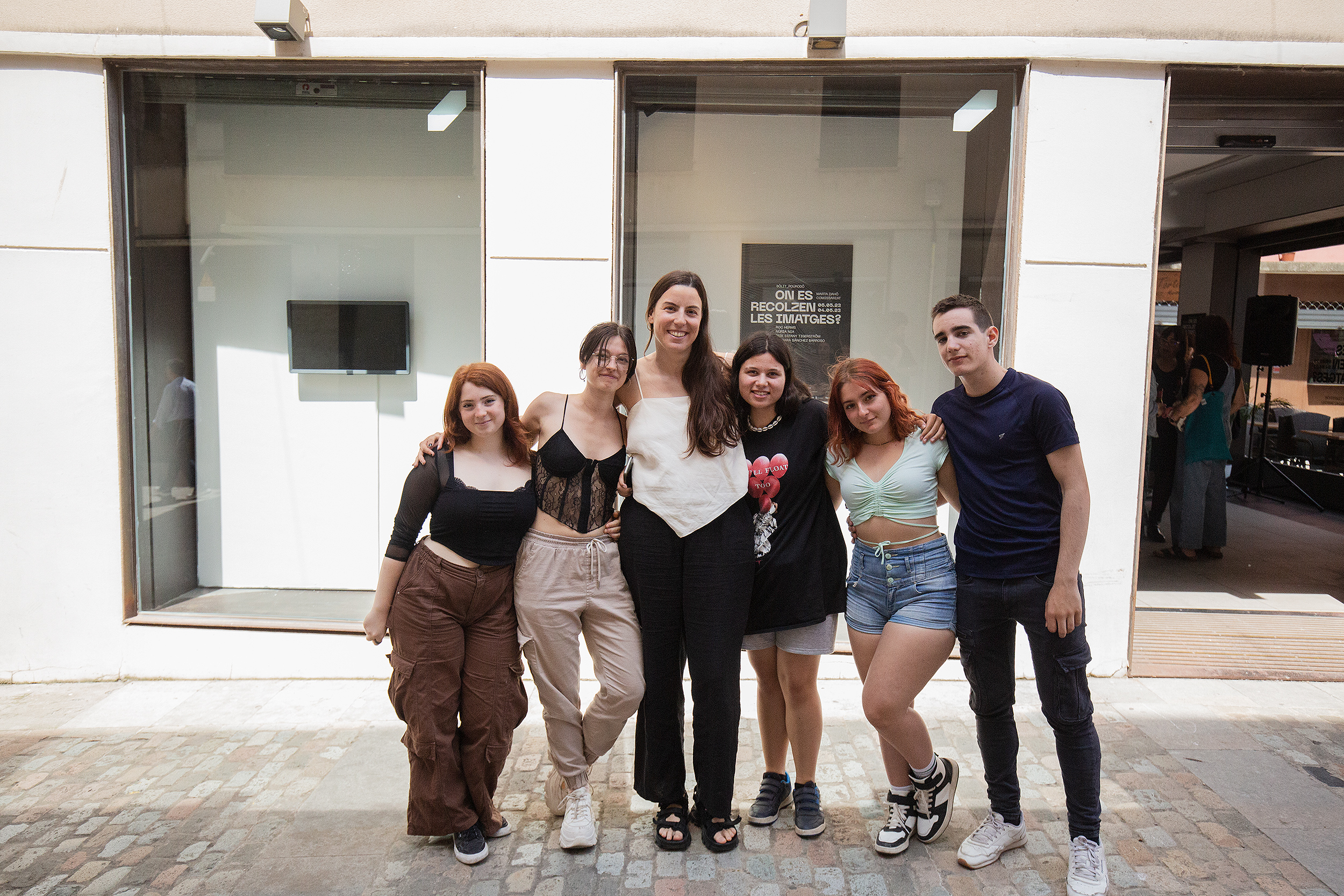
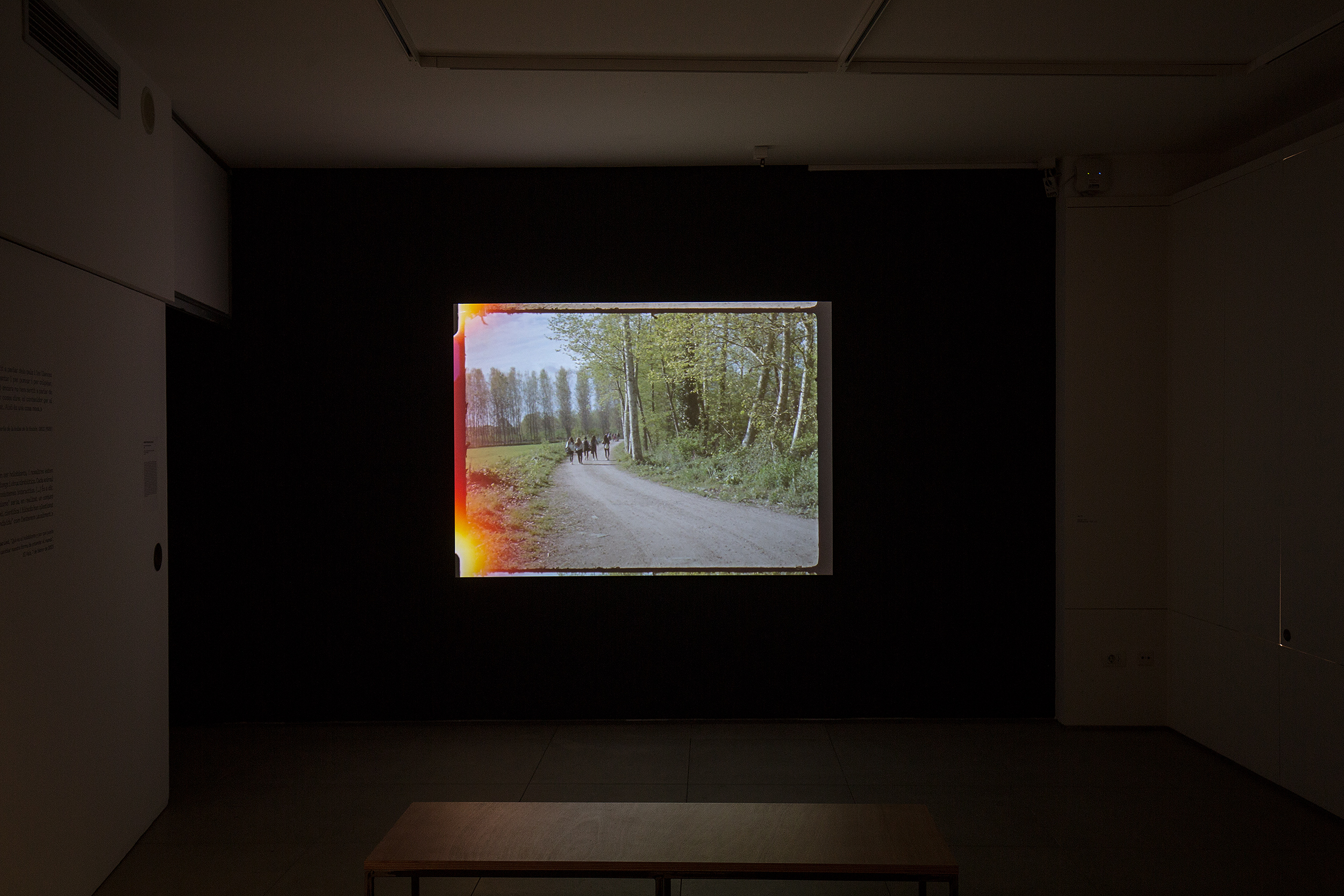
Fotografías de la inauguración Carles Palacio/Bòlit
Junto a estas cuestiones hemos reflexionado sobre conceptos que son muy importantes para mí cómo es la figura del héroe masculino en muchas de las narrativas, literarias y fílmicas, que consumimos, y un concepto relacionado con el posthumanismo como es el holobionte. Originalmente propuesto por Lynn Margulis en su teoría de la simbiosis, el holobionte es un ser vivo compuesto por otros entes, que viven en comunidades o colonias, y necesitan otros para sobrevivir, que son interdependientes.
Con las alumnas hemos leído textos como La teoría de la bolsa de la ficción de Ursula K. Le Guin, en lo alto de una montaña, que tardamos una hora en subir, y después meditamos, comer avellanas y tomamos el sol. Y no recuerdo que nadie pensara en el móvil o se quejara por no tenerlo. Con nosotros sólo había una comunidad formada de naturaleza, ficción, hilos, cestas y semillas.